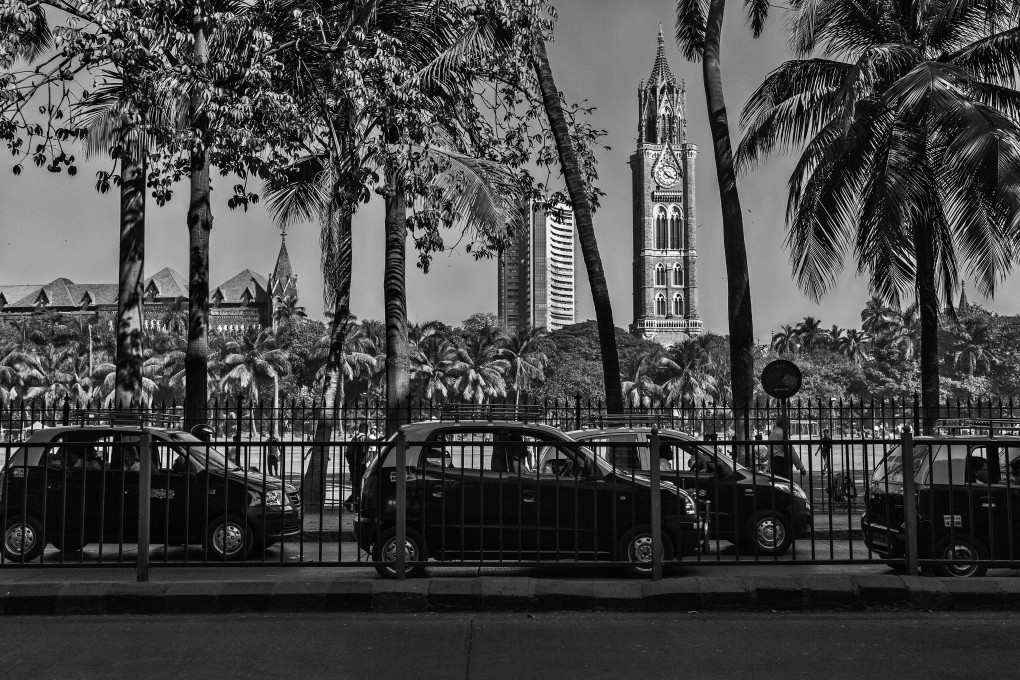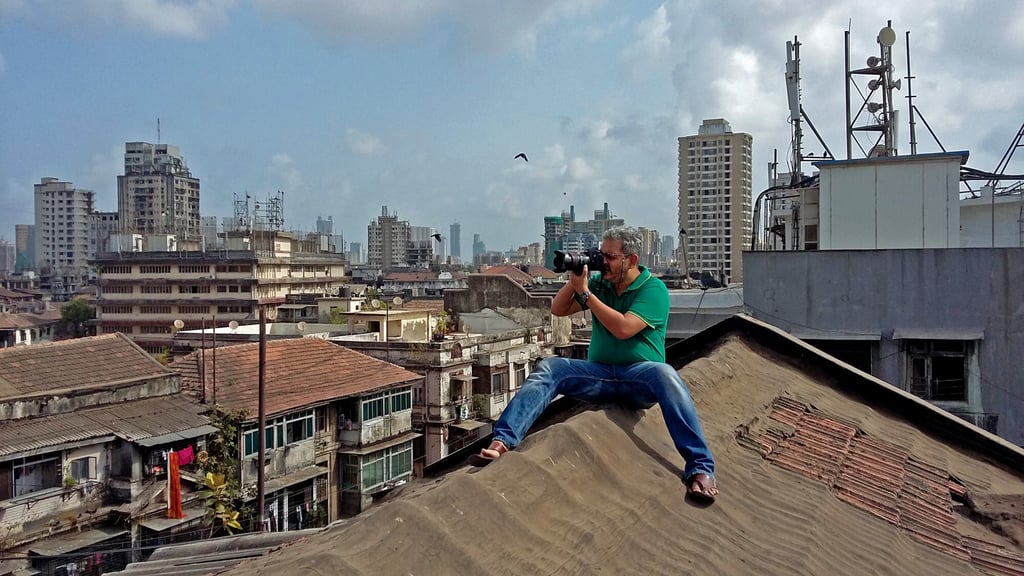Stunning photos of Mumbai’s public clocks reveal how the Indian city is changing over time
- Photographer Chirodeep Chaudhuri’s black-and-white images of public clocks recall a different era, before wristwatches or smartphones were ubiquitous
- ‘The project has uncorked many old memories of Mumbai,’ he says of the photo series

Chirodeep Chaudhuri is obsessed with clocks. The photographer’s black-and-white images of Mumbai’s public clocks are becoming well known, but it’s not just about the timepieces. Also of interest is everything else he catches in the frame, from vehicles to pedestrians, trees and roofs. Context and history. Some were taken from the ground up, others from vantage points – he has even been allowed into people’s homes to photograph clocks seen through windows or from balconies.
A documentary photographer who has worked with National Geographic Traveller and Time Out Mumbai, Chaudhuri’s obsession was triggered in 1996, when the Rajabai clock tower, modelled on London’s Big Ben and dating back to 1878, caught his eye while he was working in the Fort area of Mumbai. Thereafter, he found himself gazing at facades as he travelled through the city, his eyes drawn to clocks on high pediments or topping towers.
“If I remembered a building that had a great elevation or stood at an important junction of roads, like the Majestic Building, opposite Regal Cinema, I would stop and check if there was a clock,” he says. “I started identifying the type of architecture that would usually have a clock on its facade, like art deco or neo-Gothic.
“The existence of public clocks harks back to an era when people traversed the city on foot, did not have a wristwatch or mobile phone, and were walking to school or work. A clock at a vantage point was invaluable in helping them keep track of the time and making it for an important appointment or offering prayers,” he explains.

“With the advent of technology and phones, hardly anyone even looks up at these neglected clock faces with a rich history and they are merely ornamental now,” says Chaudhuri, “so the project is also about technology and how it makes so many things redundant.”
Many of the clocks that date back to British colonial times (pre-1947) are no longer functional. Some were destroyed by fire, others a monsoon. Some are obsolete because of outdated technology and some were sent for repair never to be reclaimed, leaving a gaping hole where the clock once was.
